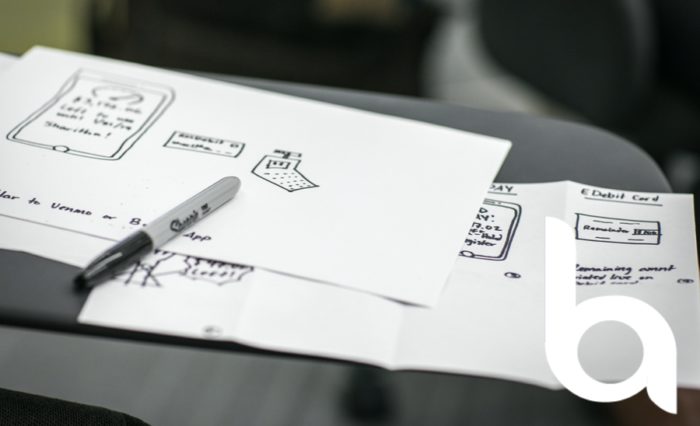Phase 2: Refine through Ideation
Now that we have defined our current state, it’s time to validate and refine it and start thinking about the future state. This is where we elicit and prioritise requirements, and finalise our scope. We want to be sure what we’re doing is desirable, viable and feasible, and that we can trace our requirements back to our business outcomes. There are several stages that can help us refine our work and prepare the Build and Prototype.
Stage 1: Validate the current state – Every Business Analyst should be familiar and comfortable with validation, it’s a core part of the job. We can use techniques such as Interviews or Workshops and our process models to take stakeholders through the current state and validate that our understanding is correct. There are a wide variety of visual representations and models that can be created to support this stage, the most important part is choosing the right one for your audience.
Stage 2: Requirements Elicitation – Using techniques like the 5 Why’s, User Stories, Epics, Finding Themes, Value Stream Mapping and ‘How Might We’ statements, we can work with our stakeholders to understand their needs and trace these requirements back to our business outcomes. It is important to make sure requirements have traceability to verified business outcomes, otherwise, how can we be sure they’re adding value to our final product? How your requirements are presented will be determined by the project and acceptable delivery methods, but the techniques you can use will vary. If you feel one method isn’t producing results, simply try another one or interchange multiple techniques.
Stage 3: Prioritise requirements – Working with your stakeholders, facilitate a workshop and get your audience to determine the priority of each requirement. By using MoSCoW, 100 point technique, Monopoly money technique or value-based prioritisation, your requirements should all be given an agreed upon priority level during the workshop. Keep in mind that requirement prioritisation should assess desirability, feasibility and viability in order to find that innovative sweet spot, along with the usual eye on your business outcomes, budget and scope. Once requirements have been prioritised, they may be grouped into Themes using affinity mapping, and further prioritised and organised into Sprints for a Product Backlog. With Themes and Sprints, development can be broken down into manageable chunks to achieve key deadlines or milestones more efficiently.
Stage 4: Finalise scope – Through the Discovery phase, work was performed to identify the scope of the project. Requirement elicitation usually captures some things that have been missed, and can also confirm previous in-scope items as no longer necessary. Review the Scope Models or Business Model Canvas that were previous created and validate them against the requirements and business outcomes with your stakeholders. You may even want to create a quick Storyboard to help visualise scope in another way, and work with the stakeholders to put firm boundaries around the scope of the project. This is the perfect time to use everything collected during Discover and Refine to ensure there is no scope creep during the development stages of the project.
As you work through each of these 4 stages, you’ll discover a pathway to your solution and future state is already starting to take shape. The work that has been done throughout Discover and Refine have laid the groundwork for the really creative stuff to begin. Stakeholders have been thoroughly and actively engaged throughout the process so far, and moving into the Build and Prototype phase, they’ll be able to get their hands dirty and drive the direction of the product or service to be offered.
